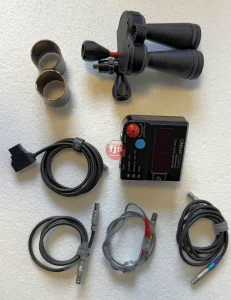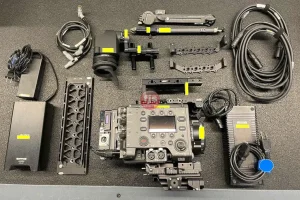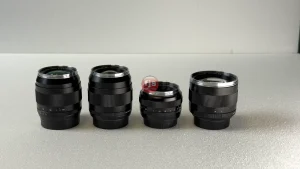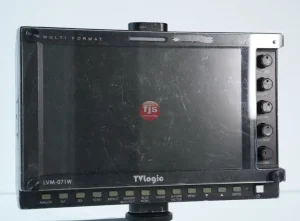Wide-angle lenses are a landscape photographer’s best friend. They allow you to capture the vastness of a scene, emphasizing dramatic foregrounds and sweeping vistas. Choosing the right wide-angle lens depends on several factors, including your camera sensor size (full-frame, APS-C etc.), budget, and desired features. Here’s a breakdown of key features and some of the best wide-angle lenses to consider in 2024.
Key Features and Benefits:
- Focal Length: Measured in millimeters (mm), focal length determines how wide your field of view will be. Wider focal lengths (sub-24mm) encompass a larger area, while narrower ones (above 35mm) offer a more zoomed-in perspective.
- Aperture: Represented as f-stops (e.g., f/2.8, f/4), aperture controls the amount of light reaching the sensor. Wider apertures (lower f-numbers) allow for faster shutter speeds and beautiful bokeh (background blur) at the expense of size and price.
- Image Stabilization (IS): Especially beneficial in low-light situations, IS counteracts camera shake, resulting in sharper images.
- Zoom vs. Prime: Zoom lenses offer versatility with a range of focal lengths, while prime lenses (fixed focal length) are generally lighter, more compact, and often sharper due to their simpler design.
Top Wide-Angle Lens Picks (Full-Frame):
- Canon RF 15-35mm f/2.8L IS USM: A top-of-the-line professional option with a wide zoom range, fast aperture, and excellent image stabilization.
- Sony FE 16-35mm f/2.8 GM: Another professional-grade lens known for its exceptional sharpness, low-light performance, and weather sealing.
- Nikon NIKKOR Z 14-30mm f/4 S: A compact and lightweight zoom for Nikon’s mirrorless Z system, offering great image quality and a versatile zoom range.
- Sigma 14-24mm f/2.8 DG DN Art: A high-performing third-party option delivering excellent image quality, a fast aperture, and a competitive price point.
Top Wide-Angle Lens Picks (APS-C):
- Fujifilm XF 10-24mm f/4 R OIS WR: A weather-sealed zoom with a good focal length range, image stabilization, and good image quality for Fujifilm cameras.
- Canon EF-S 10-18mm f/4.5-5.6 IS STM: A budget-friendly option for Canon APS-C cameras, offering a decent zoom range and image stabilization.
- Sony E 10-18mm f/4 OSS: A compact and affordable zoom lens for Sony APS-C cameras with built-in image stabilization.
Conclusion
The best wide-angle lens for you depends on your specific needs and budget. Consider the type of landscapes you shoot, the features most important to you (fast aperture, image stabilization, zoom range), and your camera system. With a little research, you can find the perfect wide-angle lens to elevate your landscape photography to new heights.
Frequently Asked Questions (FAQs):
- Q: What is the best focal length for landscape photography? A: There’s no single “best” focal length. Popular choices include 14-24mm for ultra-wide landscapes, 16-35mm for a balance between width and manageable distortion, and 20-35mm for a more natural perspective.
- Q: Should I get a zoom or a prime lens? A: Zooms offer flexibility, while primes are generally sharper, lighter, and more affordable. Consider how important versatility is to you and how much weight you’re comfortable carrying.
- Q: Is image stabilization crucial? A: It becomes more critical in low-light situations or when using slower shutter speeds for creative effects like silky smooth water.








